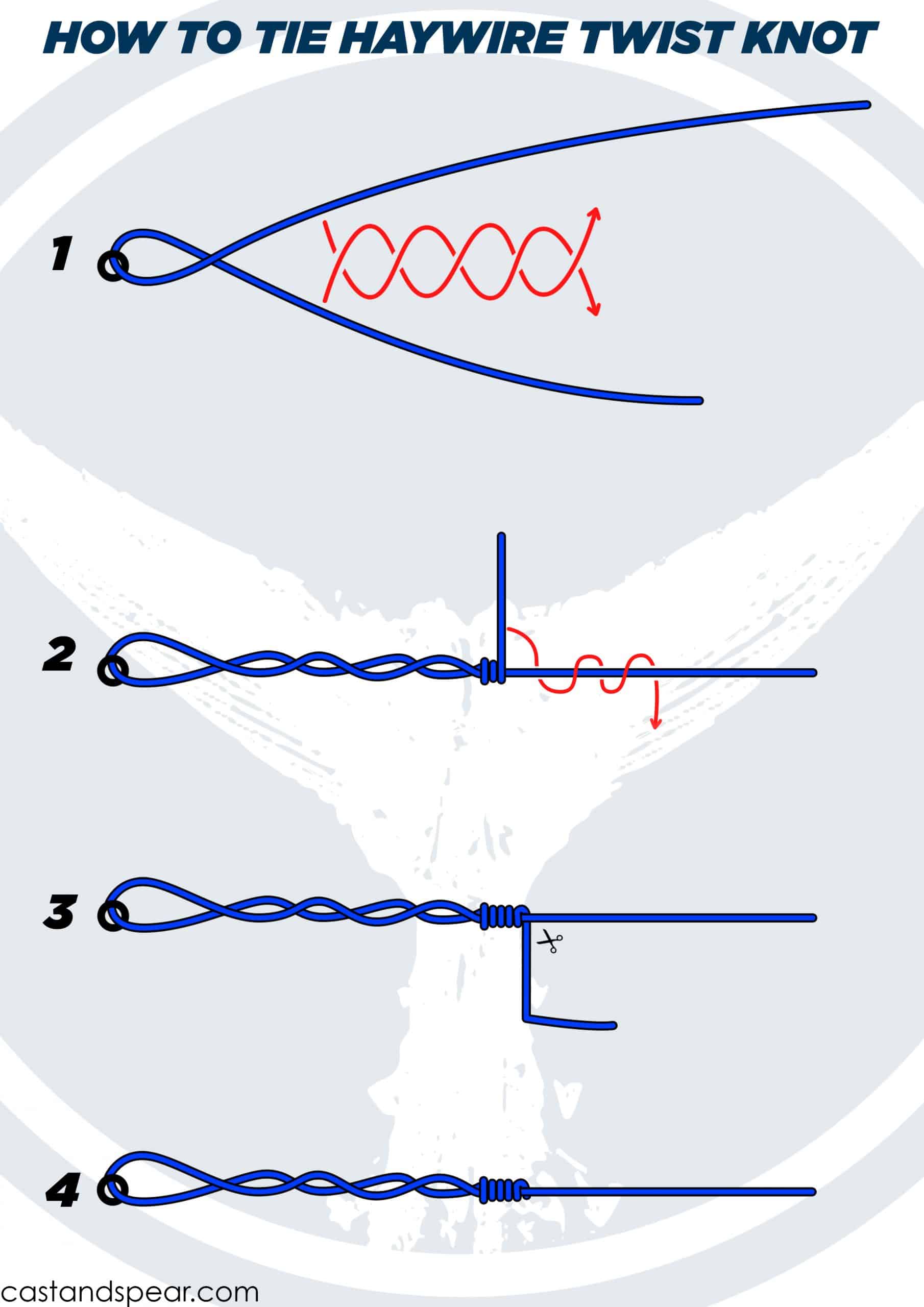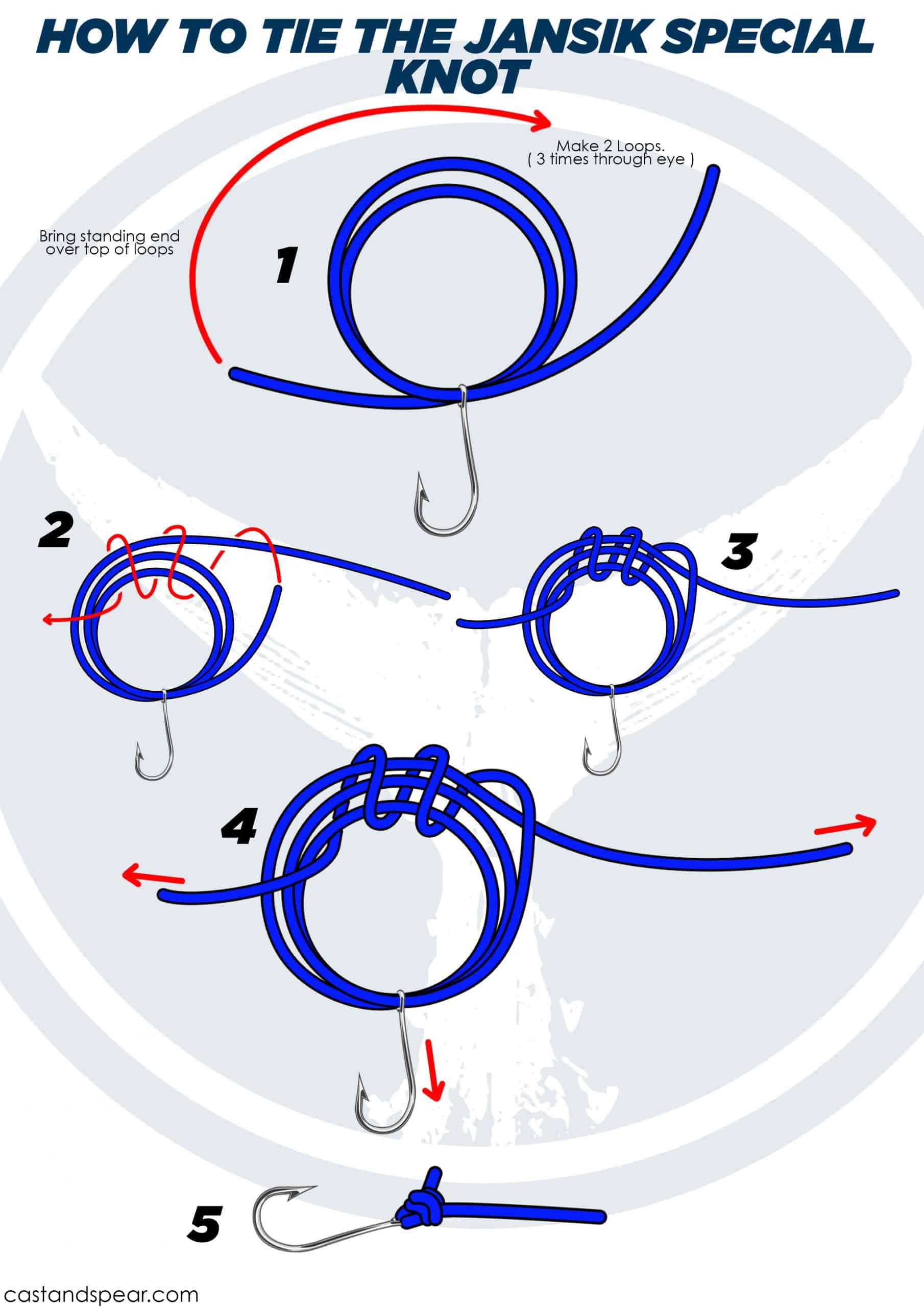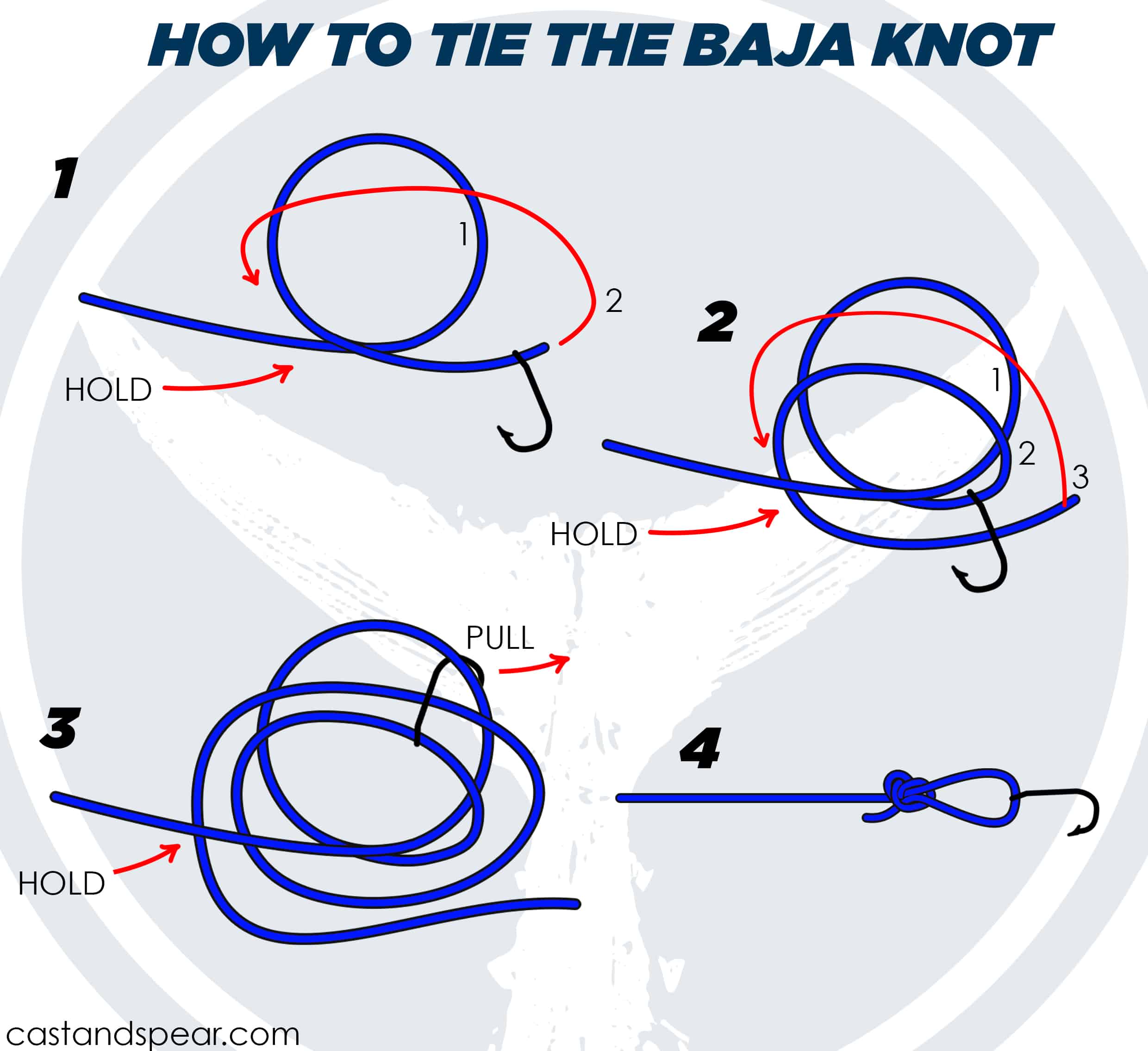Have you ever wondered why the Yucatan Knot is so revered among anglers? The ability to tie a strong, reliable knot is a fundamental skill in fishing, and the Yucatan Knot is a standout for its strength and performance. This article will guide you through the intricacies of the Yucatan Knot and why it’s preferred by many seasoned fishermen.
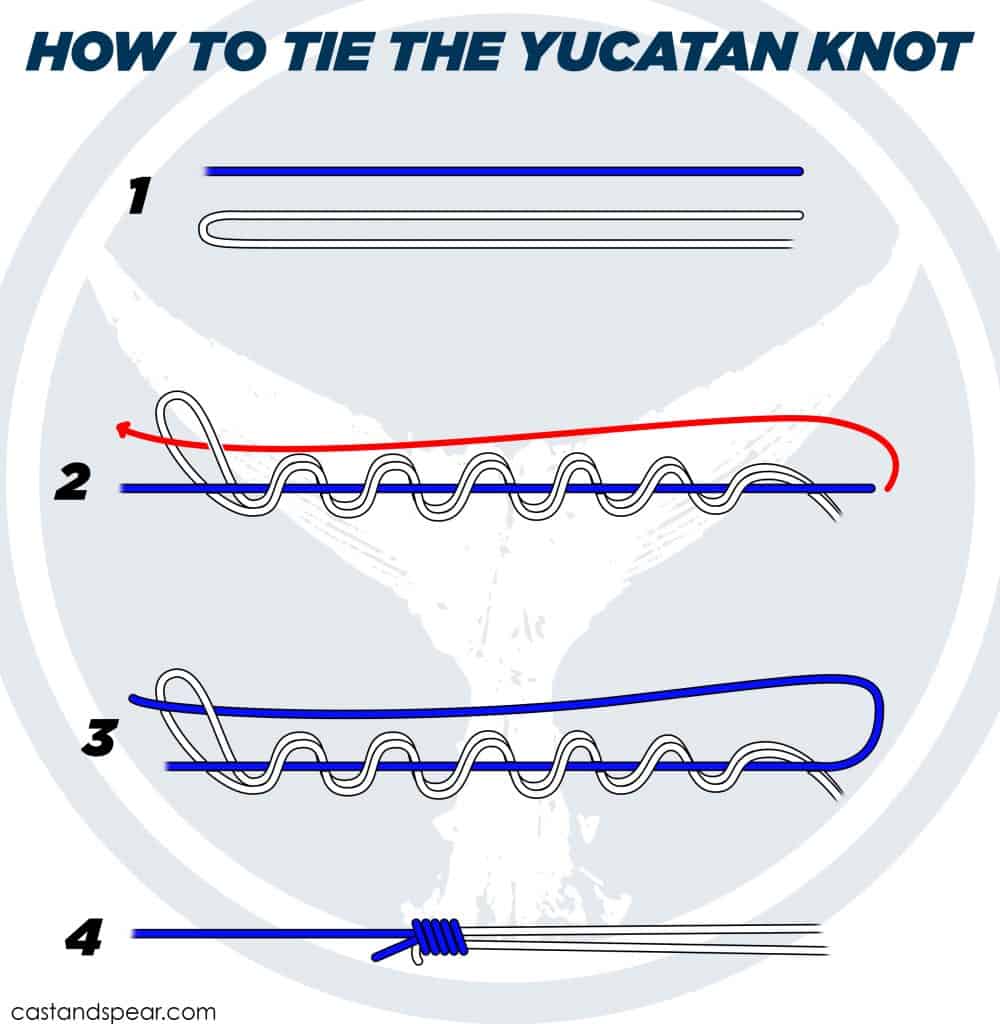
The Yucatan Knot is a knot that has proven its worth in both fresh and saltwater fishing scenarios. It’s a knot that’s known for its strength, ease of tying, and versatility – whether you’re using mono, fluorocarbon, or braided lines. This article will provide you with a step-by-step guide on how to tie this knot, ensuring you’re well-equipped for your next fishing adventure.
There’s a reason why the Yucatan Knot is often compared to other popular knots like the Albright and the Slim Beauty. We’ll delve into these comparisons, providing you with a comprehensive understanding of when and why to use the Yucatan Knot.
While the Yucatan Knot is widely accepted as a reliable choice, there’s some controversy in the angling community about its effectiveness compared to newer knots like the FG Knot. Some argue that the FG Knot, with its slim profile and incredible strength, might be a better choice in certain scenarios. We’ll also explore this debate, giving you a balanced view to help you make an informed decision.
Let’s get started!
How to Tie the Yucatan Knot
- You’ll need to have a doubled braid mainline, so use either a Bimini Twist or a Spider Hitch to create it.
- Take your leader line and pull it tight.
- Wrap the doubled braid mainline and wrap it around your leader line six times.
- Put the tag end through the tiny loop at the end of your mainline.
- Pull the main braid line and the leader lines until the knot is nearly cinched down.
- Moisten and pull tight.
- Cut off the tag ends, and you’re ready to go.

Why Choose the Yucatan Knot?
Well, it’s all about strength and performance. The Yucatan Knot is known for its exceptional ability to connect a doubled main line to a heavy leader, creating a strong and reliable connection that can withstand the pull of a hefty catch.
But how does it stack up against other popular knots?
Let’s take the Albright and the Slim Beauty, for example. While both are reliable knots in their own right, the Yucatan Knot often outperforms them in terms of ease of tying and strength, particularly when dealing with heavy leaders.
Yucatan Knot vs Albright Knot
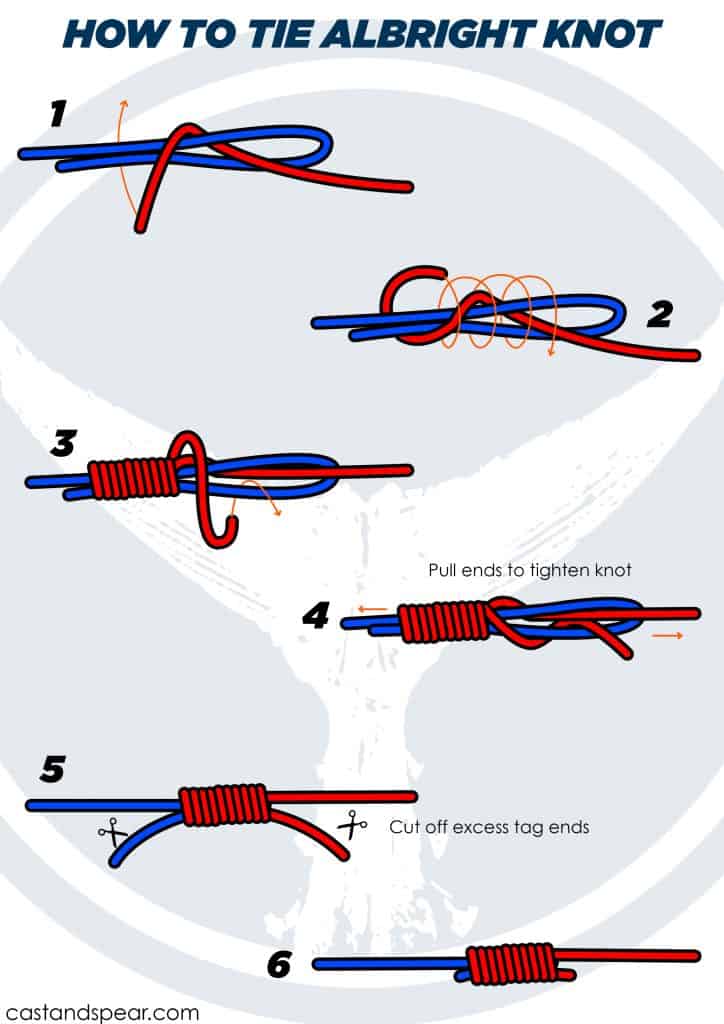
- The Albright Knot is a versatile and reliable knot, often used for connecting different types of fishing line together. It’s particularly useful when you need to tie together two lines of different diameters. However, it can be a bit tricky to tie, especially for beginners, and it may not provide the same level of strength as the Yucatan Knot when dealing with heavy leaders.
Yucatan Knot vs Slim Beauty Knot
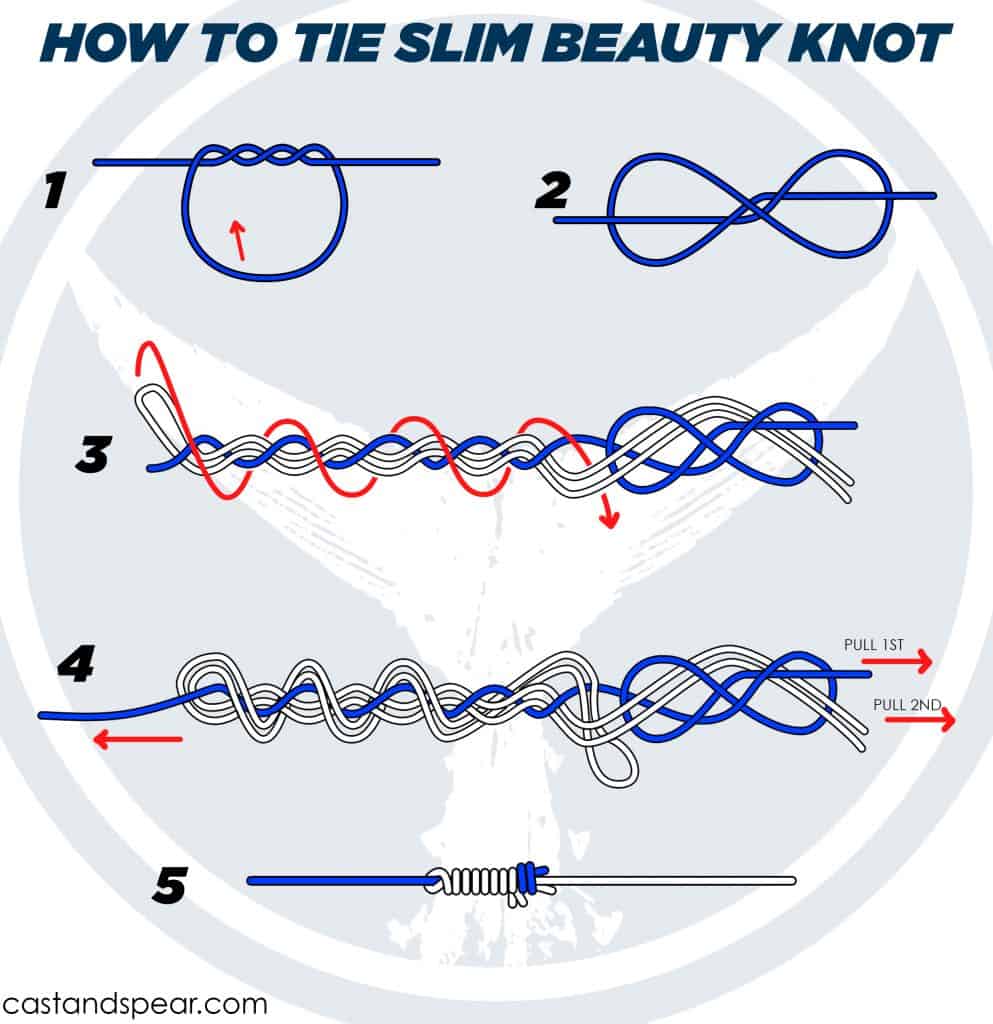
- The Slim Beauty is known for its, well, slim profile. It’s a great knot for tying a shock leader to a main line, especially when using a mono leader and a braided line. The Slim Beauty is relatively easy to tie and slides through the guides of your rod smoothly. However, it’s worth noting that its strength can be compromised if not tied correctly.
Yucatan Knot vs FG Knot
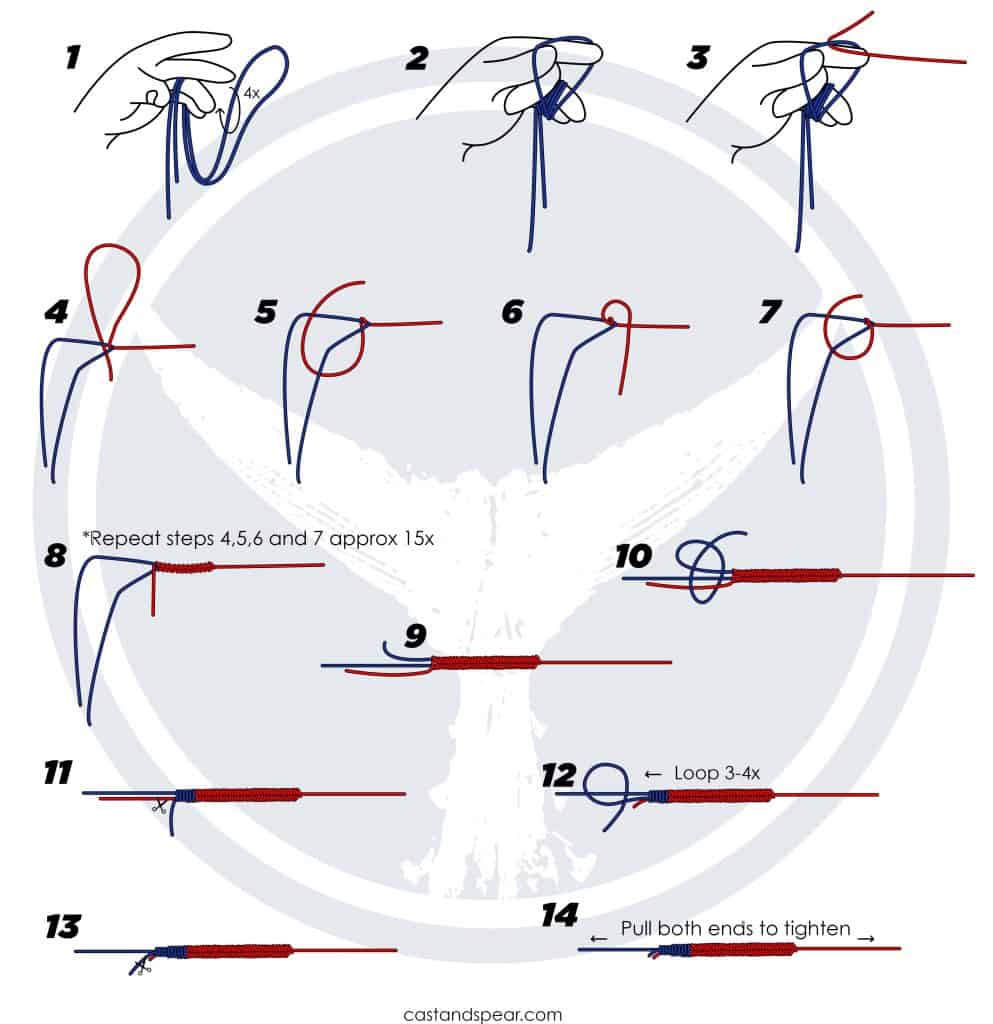
- The Yucatan Knot is excellent for braid-to-mono leader connections. It requires you to know how to tie a Bimini Twist of Spider Hitch, which is an extra knot in the equation. The FG is excellent if you don’t want a doubled-up braided line connecting your leader. If you want a single line from your braid to leader, use the FG or John Collins.
Yucatan Knot vs Uni to Uni
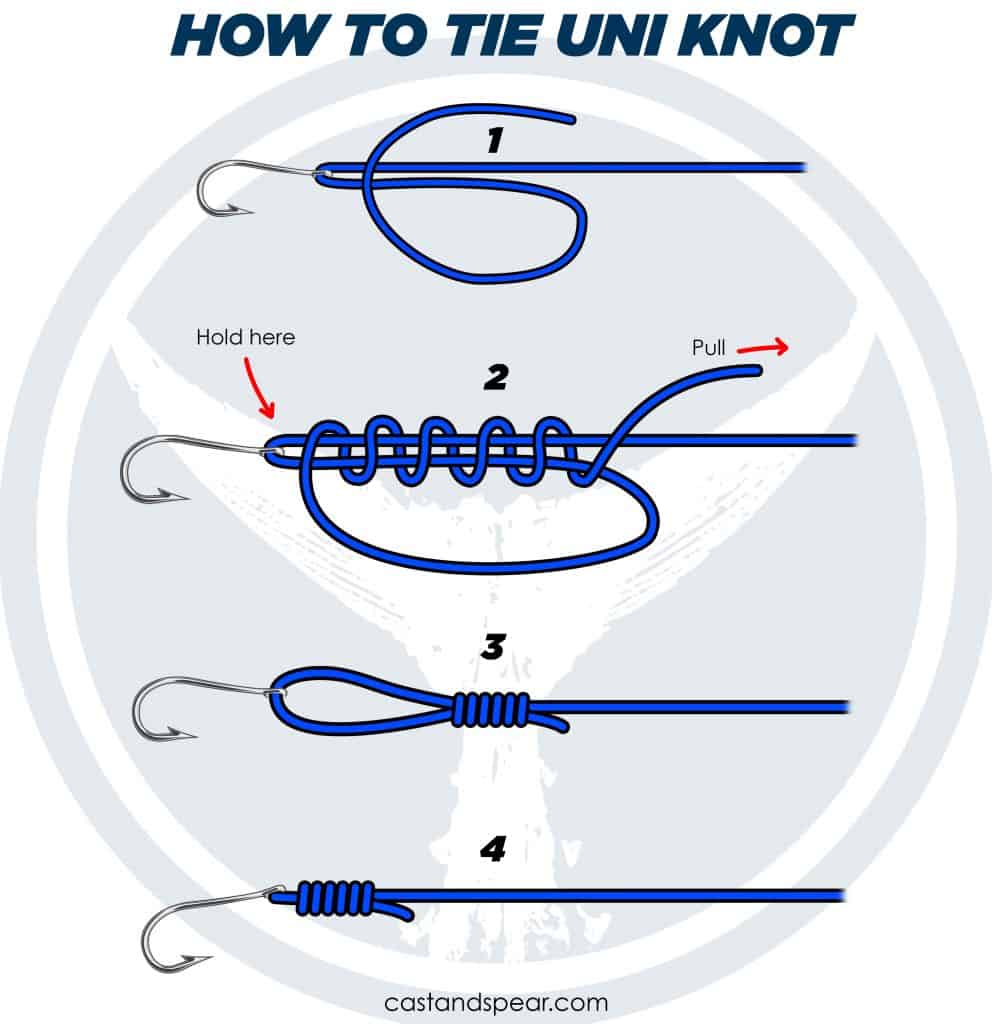
- The Double Uni is reliable if you don’t want to tie the Yucatan Knot; however, you’ll be giving up some strength. The Uni is better if you wish to have a single mainline instead of a doubled-up one.
Advantages and Disadvantages

- Yucatan Knot is versatile, working well with mono, fluorocarbon, or braided lines.
- We have seen people tie this knot without using a Bimini Twist. However, these knots are better off with one. Without it, the knot may not hold up as well under heavy loads, which could lead to lost fish.
Knot Tying Tips and Variations
- Ensure your lines are roughly the same diameter for a clean knot.
- Also, don’t forget to moisten your knot before pulling it tight – this reduces friction and helps preserve the strength of your line.
Alternatives
FG Knot

This knot is great if you don’t want to use a doubled loop in your main line. Known for its slim profile and incredible strength, the FG Knot is a popular choice for many anglers. However, it can be a bit tricky to tie, especially for beginners.
Albright Knot

This is a bit weaker option compared to the Yucatan Knot, but it’s versatile and useful for connecting different types of fishing line together. It’s particularly useful when you need to tie together two lines of different diameters.
Frequently Asked Questions
Tying a Double Uni Knot involves a few steps. First, overlap the ends of two lines. Then, take the end of the line on the left and double back to make 3-4 wraps around both lines and through the loop that was formed. Pull the tag end to tighten. Repeat the process with the end of the line on the right. Finally, pull the standing lines in opposite directions to slide the knots together.
Check out our full guide on how to tie the Uni-to-Uni Knot.
There are plenty of tips above on how you can have the Yucatan Knot tied perfectly. Just make sure your leader and your mainline are roughly the same diameters to make a clean fishing knot.
Check out our guide on how to tie the Bimini Twist so you can make a loop in your main line. Tying a quality knot for doubling your mainline will make or break your connection.
The Yucatan Knot is primarily used in fishing to connect a doubled main line to a heavy leader. It’s a versatile knot that works well with various types of fishing lines, including mono, fluorocarbon, and braid. It’s particularly useful in both fresh and saltwater fishing scenarios where strength and reliability are paramount.
Absolutely! The Yucatan Knot is highly regarded in the angling community for its strength and ease of tying. It’s a reliable choice for connecting a doubled main line to a heavy leader, and it performs well with different types of fishing lines. However, like any knot, its effectiveness can depend on the specific fishing scenario and proper tying technique.
The Yucatan Knot is known to be stronger than the Slim Beauty knot and Albright knot. When tied correctly, it creates a strong and reliable connection that can withstand the pull of a hefty catch.
The Verdict
And there you have it, folks! A comprehensive guide to mastering the Yucatan Knot. This knot, with its strength, versatility, and ease of tying, is a must-know for any angler. Whether you’re a seasoned fisherman or just starting out, the Yucatan Knot is a reliable choice that can significantly enhance your fishing experience.
But remember, the world of fishing knots doesn’t end here. There are many more knots to explore and master. So why stop at the Yucatan Knot?
Check out our other guides on knots like the Albright and the Double Uni. Who knows? You might just find your new favorite knot!




 Facebook
Facebook YouTube
YouTube